How to break the throat of the enemy - a lesson for all time
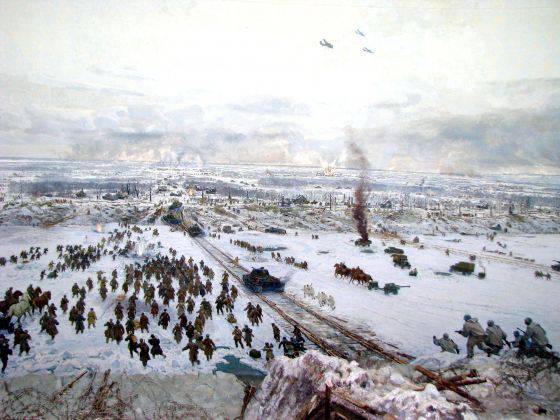
Who was dying in the snow,
Who made their way to Leningrad swamps
Throat breaking the enemy.
P. Shubin. "Volkhovskaya table"
18 January 1943, as a result of Operation Iskra, the troops of the Leningrad and Volkhov fronts united near the southern shore of Lake Ladoga, breaking through the land blockade of Leningrad. This saved hundreds of thousands of lives in the besieged city and made the final defeat of the Germans in the north-west of the USSR only a matter of time.
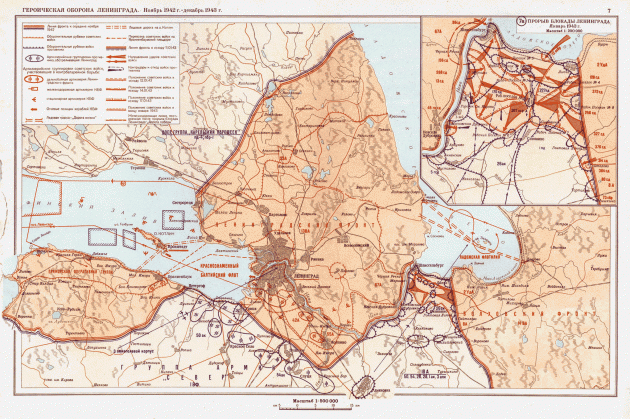
Plans for two offensive operations near Leningrad were developed by the military headquarters as early as November 1942. The first operation, which received the conditional name "Shlisselburgskaya", provided for the release of Leningrad by forces of two fronts in the area of the city of the same name near the outflow of the Neva from Lake Ladoga. If successful, it became possible to connect Leningrad with the “mainland” along the southern edge of Ladoga. The second operation involved breaking through a corridor to the Oranienbaum bridgehead, a small area on the southern shore of the Gulf of Finland, which the Germans had cut off from Leningrad, but were never able to capture it.
However, the Soviet command decided that Oranienbaum would wait for a while, and all the forces needed to be thrown at the breakthrough of the blockade of Leningrad, which had experienced the second winter of the enemy siege. The terrible blockade winter of 1941-42 destroyed people, first of all, by hunger and cold. By the second winter, when the supply of the city had slightly improved thanks to the navigation that had lasted until December on Ladoga and the newly earned Life Road, enemy shelling and bombardment had sharply increased. In the summer of 1942, long-range superheavy guns were deployed around the railway platforms around Leningrad. From falling their shells weighing almost a ton of houses collapsed entirely. The continuation of the blockade in the old conditions led to the loss of even more lives and the complete destruction of the city.
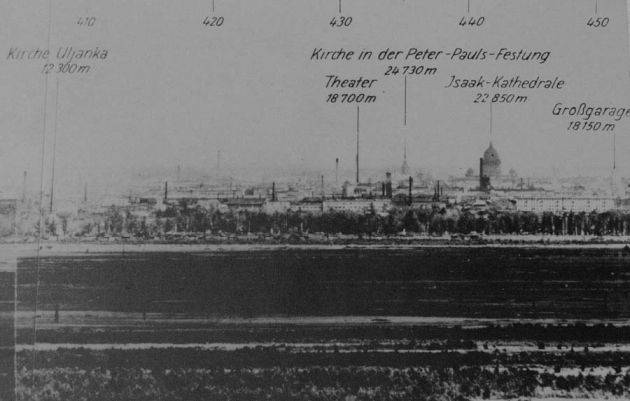
At the same time, the start of Operation Iskra was, of course, chosen not from humanitarian considerations. General of the Army Georgy Zhukov, a representative of the General Headquarters of the Supreme Command, who was sent to Leningrad at that time, explained in his post-war memoirs that after the defeat of the German troops in the Stalingrad region, the North-Western, Kalininsky and Western fronts had launched an offensive near Demyansk, Velikiye Luki and Rzhev. “To counter these operations and to reinforce their 16 army, which ended up in a demyan bag, the command of the German Army Group North would have to use all its reserves and transfer about seven divisions from Leningrad,” Zhukov writes. Thus, the German troops lost the ability to quickly build up forces in the direction of the Soviet breakthrough. The place for him was also chosen the most vulnerable for the Germans: where the ring of their troops was thinner than anything. And although the German command was well aware of where the Russian offensive could be expected, its time and scale became unexpected for the Germans.
The Supreme Command Directive No. 170 703 dated 8 December 1942, signed by Stalin and Zhukov, ordered “by joint efforts of the Volkhov and Leningrad fronts to crush the enemy grouping in the area of Lipka, Gaitolovo, Moscow Dubrovka, Shlisselburg, and thus, they didn’t make it at the bottom of the floor. by the end of January, 1943 will complete the operation. ”
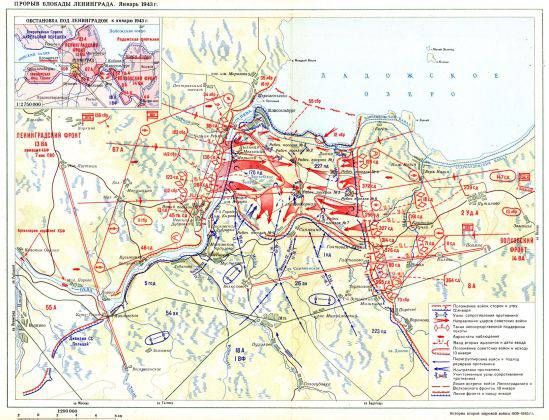
The Shlisselburg-Sinyavinskiy protrusion, which was to be attacked by Soviet troops, is a terrain on the southern shore of Ladoga, wooded, swampy and difficult to reach even in winter. Before the war, peat was actively harvested there, as a result of which numerous ditches, ditches and pits were added to the natural marshes, which made it difficult for the equipment to move and strengthened the position of the defenders to the attackers. Of particular difficulty was the need to force the wide Neva, on the snow-covered surface of which the Germans were advancing from the right bank of the Leningrad front.
“Even the frozen river was an extremely strong obstacle, since there were no shelters on the ice. It was viewed and swept from a steep, steep bank occupied by the enemy, whose height at the breakthrough section was from 5 to 12 meters. Hitler's troops reinforced this natural obstacle with a dense network of wire obstacles and minefields. The breakthrough of the defense in the presence of such fortifications of the enemy was a complex combat task, requiring great effort, high military skill and combat courage of all personnel, ”noted Georgy Zhukov in his memoirs.
To ensure the success of the offensive in such conditions was possible only with the help of thorough reconnaissance and a sudden crushing blow. Which was applied on January 12. To ensure surprise, the main Soviet units did not concentrate in advance at the front, but prepared for battles at some distance. For reconnaissance, our troops actively used balloons and Aviation. In advance, in the fall, Zhukov drew Stalin's attention to the lack of bombers and attack aircraft in the area of the future breakthrough, and by January they had already managed to collect an air fist. At the same time, several tens of thousands of large-caliber artillery shells were delivered to the front. As Soviet officers recalled, in the evening before the offensive, Zhukov was at the forefront and was satisfied that the Germans were burning stoves and burning fires in places of deployment, not suspecting that there were only a few hours left before the positional battles ended.
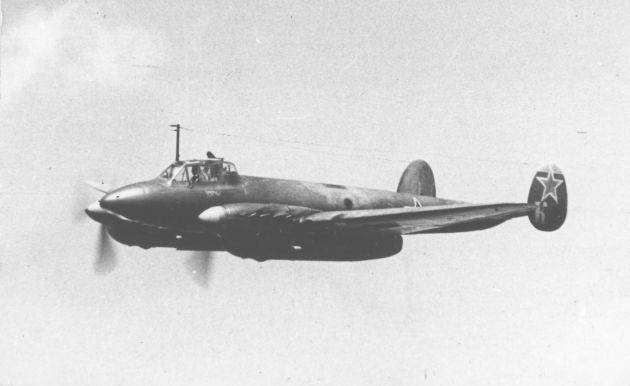
On the night of January 12, Soviet aviation inflicted massive strikes on artillery, command posts and communications of the enemy, and at 9: 30 in the morning artillery preparation began on both Soviet fronts, which lasted more than two hours. “On January 12, the second battle began on Lake Ladoga, and it began with 220 batteries, multiple rocket launchers and heavy mortars, and Soviet aircraft fully used their absolute superiority,” Wehrmacht Colonel Hartwig Polman recalled in his memoirs.
At the same time, from the side of the 67th Army of the Leningrad Front, fire was fired so as not to damage the Neva ice. This made it possible to immediately send not only infantry and light weapons, but also heavy ones to the coast captured by the enemy Tanks. In turn, the 2nd shock army of the Volkhov Front, advancing from the east, was supposed to take control of the number workers' settlements north of Sinyavino created during the pre-war peat mining and logging and turned by the Germans into well-fortified strongholds of their defense. The calculation was made on the fact that the enemy did not have enough strength and time to deter a double blow.
"In this battle, we managed to achieve tactical surprise, although the enemy knew that we were preparing to break the blockade (...) But when exactly, at what day and time, with what forces would we start the operation - the German command did not know (...) the blow of the Soviet troops, which The Nazis expected a whole year, that day was still unexpected for them, especially in terms of strength and skill, ”emphasized Georgy Zhukov in his book“ Memories and reflections. ”
For the first day of the offensive, the advancing units of both fronts, with heavy fighting, managed to advance into the depths of the German defense 2 − 3 kilometers. It was especially difficult on the flanks, where the density of the attacking troops was decreasing. The Germans threw into battle their reserve units from near Kirisha and were able to slow down the Soviet troops advancing towards each other for several days.
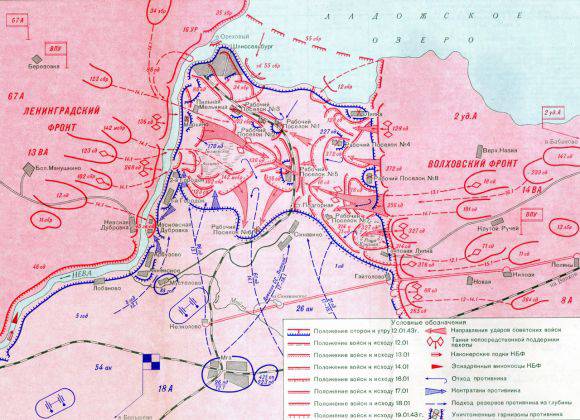
15 and 16 January 1943, the troops of the Leningrad and Volkhov fronts fought for individual strongholds. Particularly fierce was the fight in the workers' settlements number 1 and number 5. According to military historians, units of the 136 th rifle division twice broke into Workers' Settlement No. 5, but could not gain a foothold in it. Part of the 18 th rifle division of the Volkhov front three times launched attacks on this village from the east, but also unsuccessfully. However, the Germans were no longer able to stop the Soviet offensive. The control of their units was violated, there were not enough tanks and shells, a single line of defense was crushed, and separate units were already surrounded.
“The superiority of the enemy forces was too depressing,” the already mentioned German colonel Holman recalled. - On January 17, the army command ordered the “Tuner Group”, which was completely dependent on air supply, to make a breakthrough (from the environment, - note), realizing that there were no longer any forces that could restore the front in the north "Bottle throat." It was not easy to make this decision, since there was no hope that one day there would be enough forces at the disposal of the army to return the lost territory. ”
January 18 came to a close. As evidenced by the final operational report of the headquarters of the Volkhov Front No. 037, on this day "the troops of the shock group of troops of the Volkhov Front continued to fight to connect with parts of the Leningrad Front and defeat the Sinyavinsky Center of Resistance." "After the defeat of the enemy in the Workers' villages №№ 1, 2, 5, the remnants of the defeated enemy, throwing weapons, equipment, ran through the forests (...) The troops of the 2 shock army after artillery preparation went on the attack and, developing an offensive (...) joined with the troops of the Leningrad Front, taking possession of the workers' settlements number 1 and 5 ".
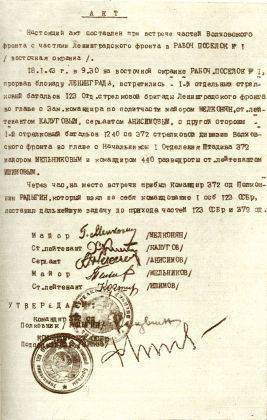
Thus, the blockade of Leningrad was broken. On the same day Shlisselburg was cleared from the Germans. The southern coast of Ladoga, in depth to 11 km from the displaced south of the front, came under the control of the Soviet command, which made it possible to lay here the railway and the highway, re-connecting Leningrad with the country, and save the people who remained in the city from starvation. Breakthrough blockade became the first in stories an example of the release of a large city by a simultaneous blow from the outside and inside.
“The breakthrough of the Leningrad blockade in January 1943 had a great military and political significance and was a turning point in the historic battle for Leningrad,” stressed George Zhukov. - Our victory finally eliminated the threat of German and Finnish troops in the Leningrad region. The plan of the fascist German command to strangle the defenders of the city with the bony hand of hunger was finally thwarted. The authority of fascist Germany was dealt an irreparable blow. ”
Modern military historians are not inclined to overestimate the strategic importance of what happened in those days, especially since the losses of the attacking side were great, and the Soviet troops did not succeed immediately to build on the success. But the moral and psychological significance of breaking the blockade is beyond doubt. In the battle for Leningrad, the Germans finally lost the initiative and could no longer count on seizing the city.
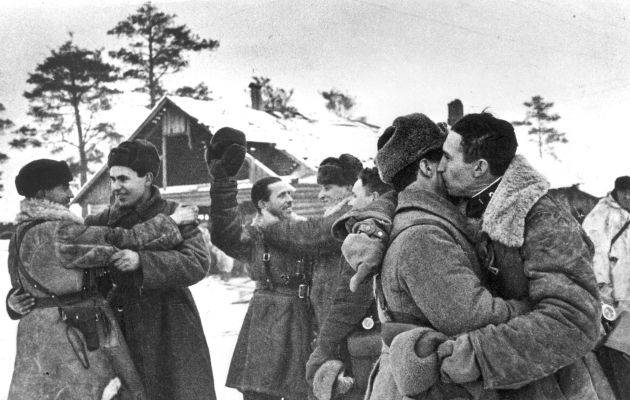
In Leningrad itself news about breaking the blockade has become a true celebration. The emaciated people at the enterprises found the strength to go to rallies, congratulating each other on the event that they had been waiting for by that time for almost a year and a half.
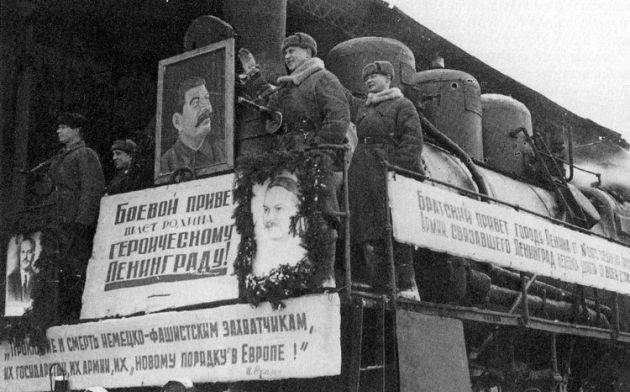
“The blockade is broken! We have been waiting for this day for a long time. We have always believed that he will, - poetess Olga Bergholz addressed the listeners of the Leningrad radio on the night of January 19 1943. - We were sure of this in the darkest months of Leningrad - in January and February of last year. Our relatives and friends who died in those days, those who are not with us in these solemn moments, dying, stubbornly whispered: "We will win." And each of us, looking at the face of death, worked in the name of defense, in the name of the life of our city, and everyone knew that the day of reckoning would come, that our army would break through the painful blockade. So we thought then. And this hour has come ... "
Until the city was completely liberated from the blockade, it was necessary to endure, fighting and laboring, another year and nine days.
Information